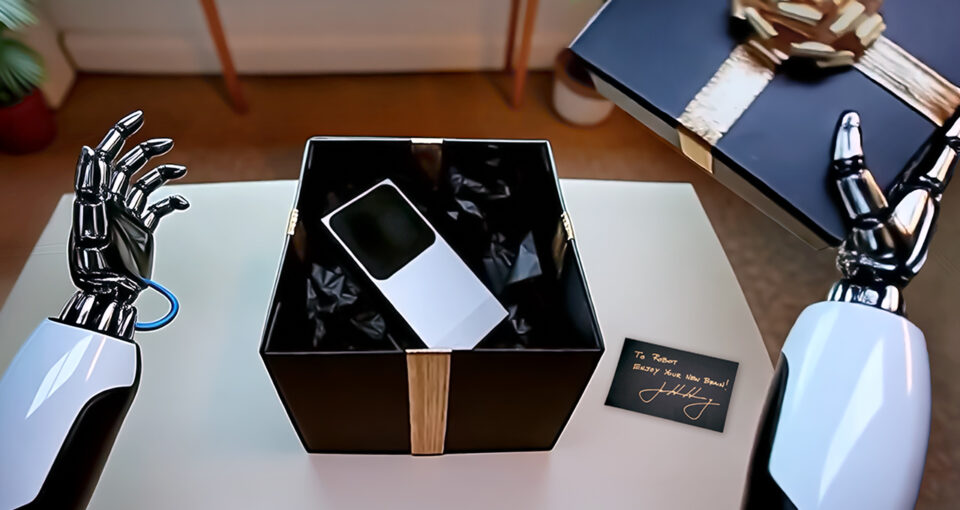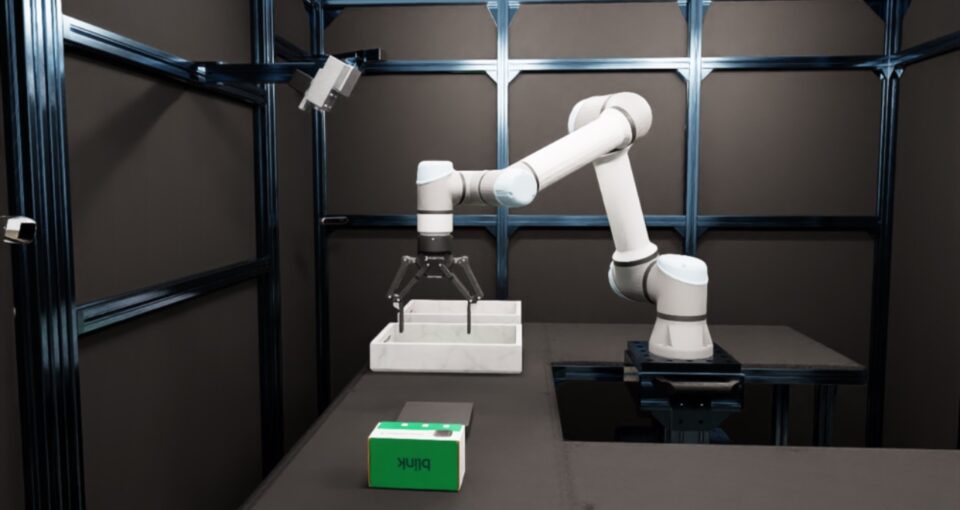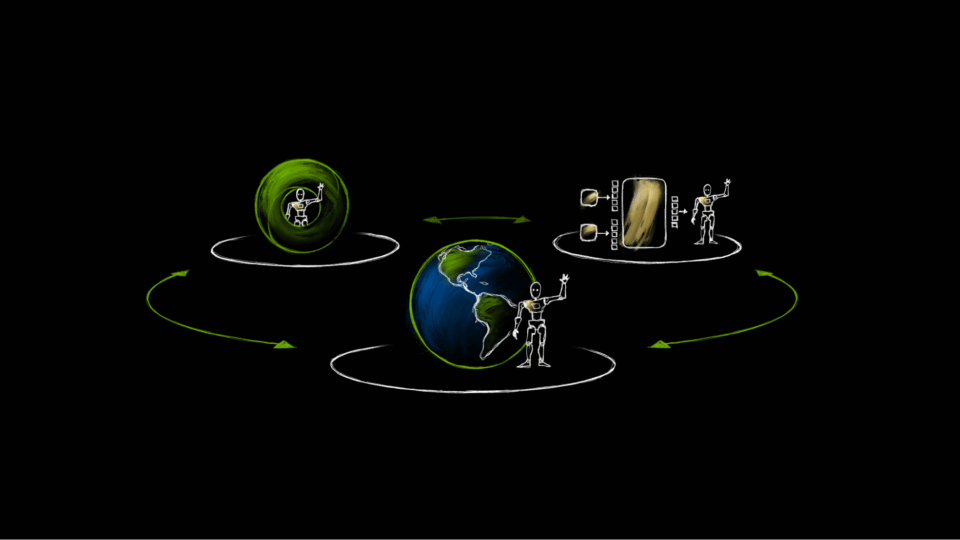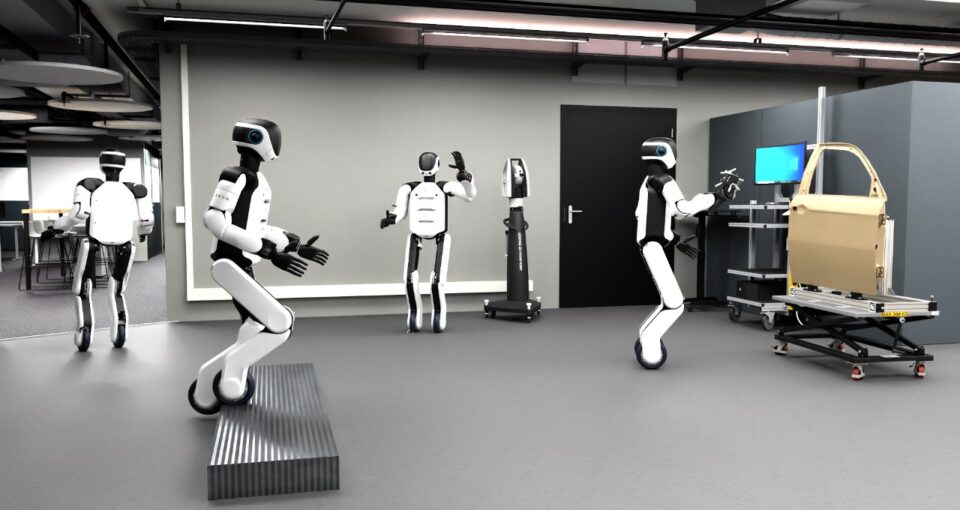Celebrating More Than 2 Million Developers Embracing NVIDIA Robotics
Today we’re launching NVIDIA Jetson Thor into general availability. This milestone comes as we are celebrating the more than 2 million developers now using the NVIDIA robotics stack. These builders are reshaping industries across manufacturing, food delivery, agriculture, healthcare, facilities maintenance and much more.
Since the launch of the NVIDIA Jetson platform in 2014, a growing ecosystem of more than 1,000 hardware systems, software and sensor partners have joined the thriving developer community to help enable more than 7,000 customers to adopt edge AI across industries.
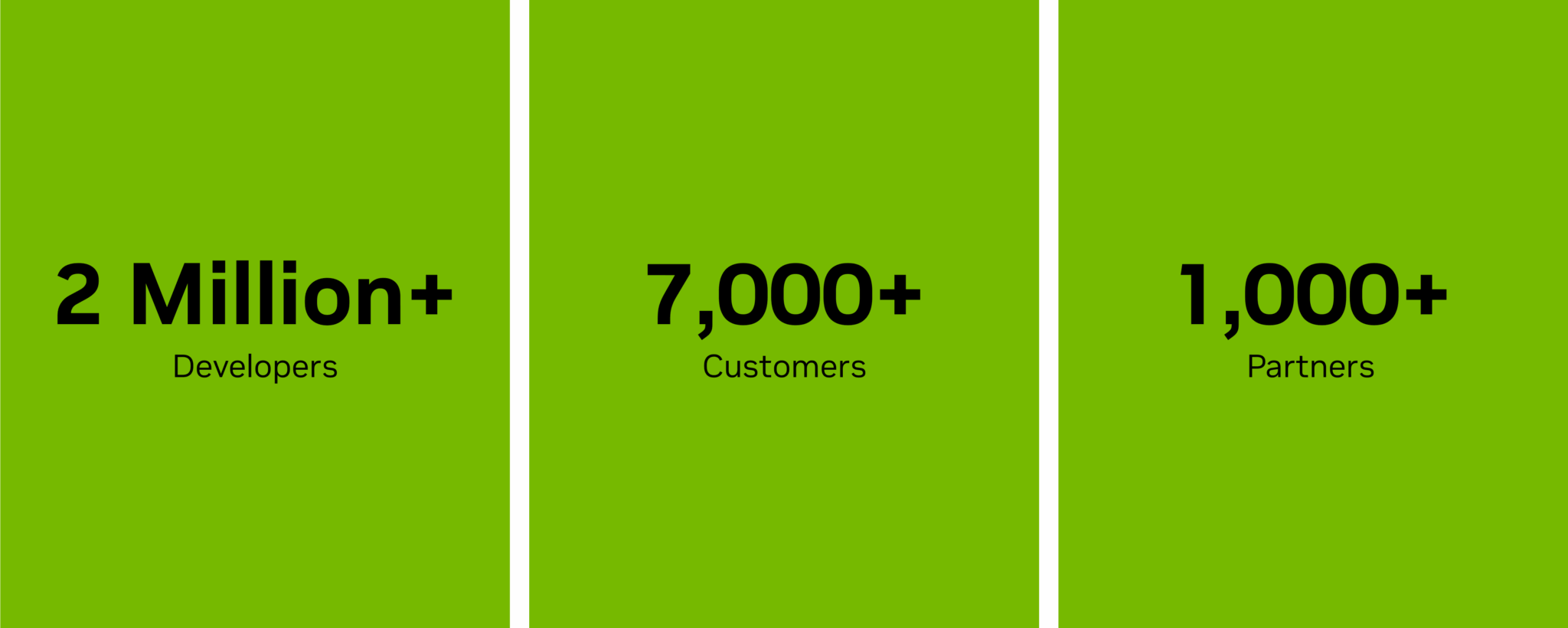
The next-generation NVIDIA Jetson Thor platform is built for physical AI and humanoid robotics. It supports any popular AI framework and generative AI model and is fully compatible with NVIDIA’s software stack from cloud to edge, including NVIDIA Isaac for robotics simulation and development, Isaac GR00T humanoid robot foundation models, NVIDIA Metropolis for vision AI and NVIDIA Holoscan for real-time sensor processing.
There’s a staggering number of industry-changing applications in the market enabled by NVIDIA Jetson. These are just a few of the pioneering applications from startups.
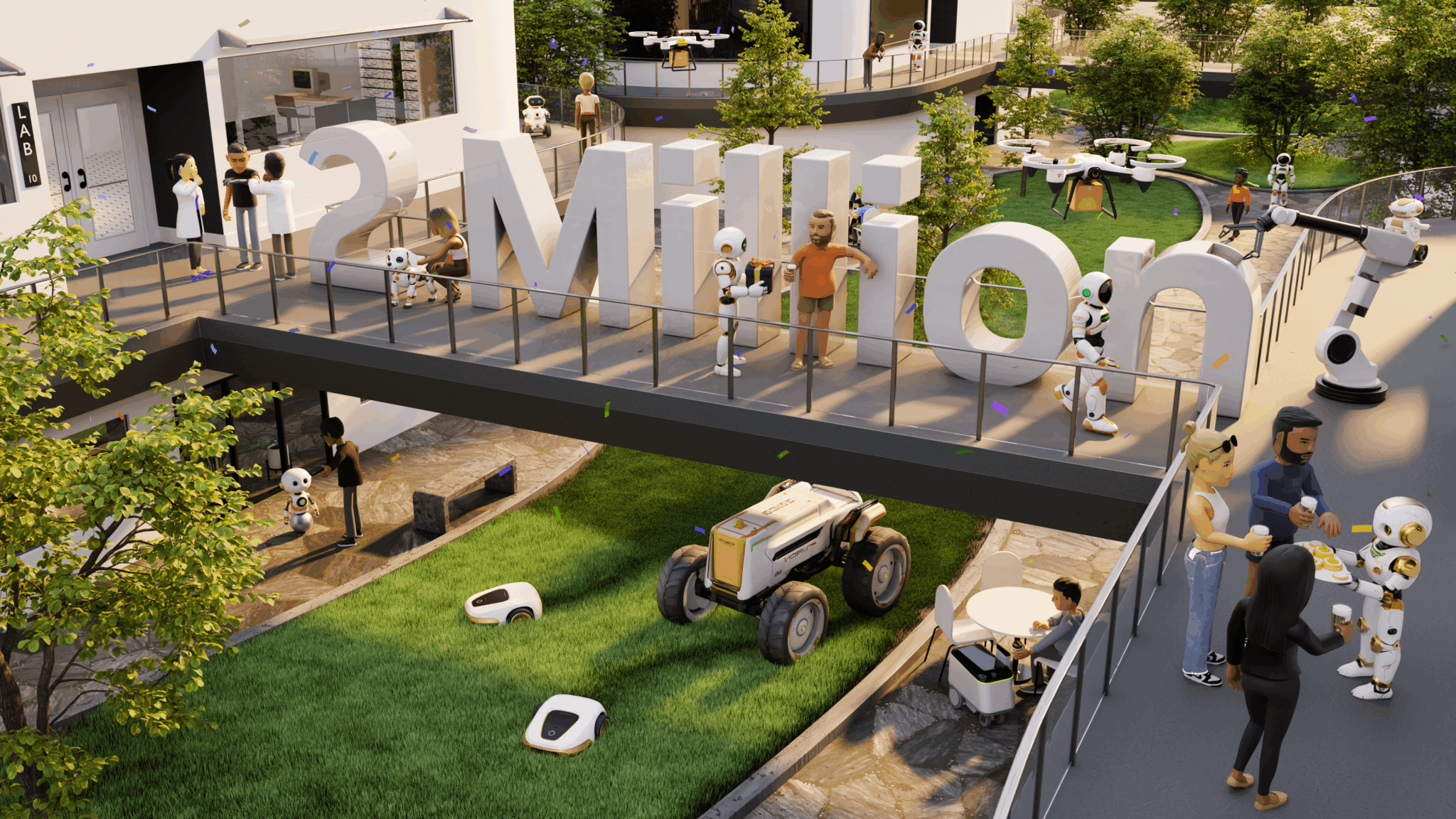
Dexmate Is Creating General-Purpose Autonomous Humanoids for a Helping Hand🔗
Dexmate co-founders Tao Chen, Yuzhe Qin, and Chongyang Wang are developing general-purpose humanoid robots at a pace unthinkable only a few years ago.
Launched in 2024, the NVIDIA Inception startup’s Vega humanoid, available to order, offers a Swiss Army Knife of capabilities: arms that lift, fingers that grasp, torsos that fold and more.
Dexmate is targeting customers in manufacturing, logistics and retail. Its units are already in testing with public companies, said Chen.
“Both me and my co-founders have full-stack experience. We want to build the entire robot, and we feel like we can build something better than the robots currently on the market,” said Chen, Dexmate’s CEO.
The market for humanoid robots could exceed $5 trillion by 2050, with some 1 billion of them in such areas as supply chains, networks for repair, maintenance and support, according to Morgan Stanley.
Dexmate’s swift time to market is no coincidence. During his undergraduate coursework, Chen began his lifelong ambition of building physical robots. As he progressed in his graduate and post-graduate pursuits, his ability to develop more capable intelligence for physical robots accelerated along with the advances from NVIDIA GPUs and Isaac Sim.
“We have a long history of using NVIDIA tools. During our PhDs we used Isaac Gym, the first generation of GPU-based simulation, and later Isaac Sim and Isaac Lab — we have been using it for five or six years, and now in our company heavily,” said Chen.
Dexmate recently showed its Vega humanoid robot at the NVIDIA Santa Clara headquarters, making a splash by effortlessly lifting barbells.
“When we have a customer request to automate tasks, we go to their factory, we do the scanning, and we create a digital twin and run simulations in Isaac Sim with synthetic data,” said Chen. “And the VLA models we are using are based on NVIDIA Isaac GR00T.”
Dexmate is ready for the next chapter. Its Vega runs on Orin AGX, but the company is building physical AI applications that rely on multimodal foundation models and can integrate vision, language and reasoning.
“In the next couple of years, the AI models are going to be much better,” said Chen. “We will need much better compute to do the edge onboard inference for these models.”
Diligent Robotics Navigates Hospital Hallways to Deliver Medications, Samples and Supplies 🔗
Over the course of a day in the hospital, clinicians have to step away countless times from their stations — whether at a nursing unit, a pathology lab or the pharmacy — to transport items like syringes, blood samples or medications from one department to another.
Each trip can take between 15 to 30 minutes, depending on the size of the facility. And with an estimated global shortage of at least 10 million healthcare workers by 2030, every minute counts.
Austin-based company Diligent Robotics has saved over half a million hours of clinicians time with Moxi, a humanoid robot that navigates hospital environments transporting medications, supplies, blood samples and more. Nearly 100 Moxi units are deployed at leading U.S. hospitals including Mary Washington Healthcare, Northwestern Medicine and Rochester Regional Health.
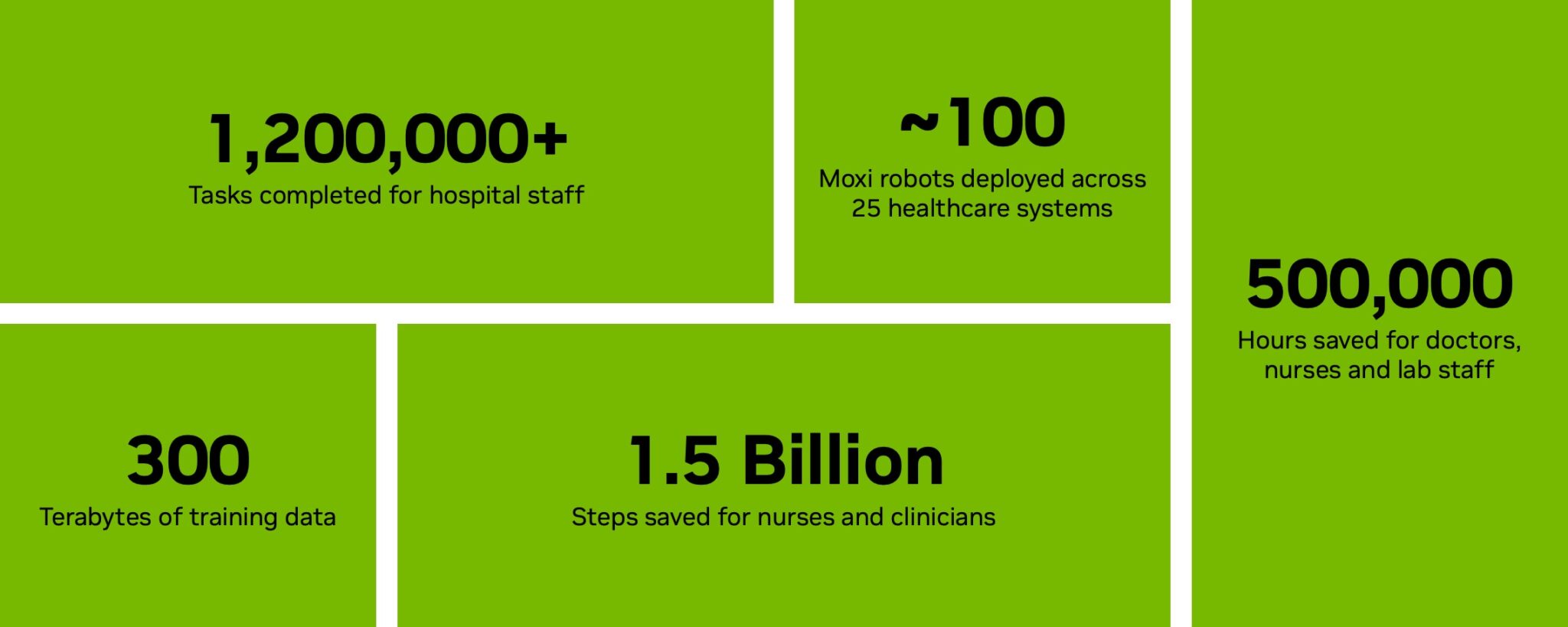
“We needed to have a general-purpose humanoid form factor because our robot needs to interact with the environment without requiring hospitals to add any infrastructure,” said Andrea Thomaz, cofounder and CEO of Diligent Robotics. “We have to open doors, push buttons, get on and off elevators and navigate to charging docks autonomously, all across a hospital full of busy people.”
Hospital teams across nursing, pharmacy and labs can use an app to summon a Moxi robot to their department. Once it arrives, they can unlock the robot’s storage container using their badge, load it with cargo and send it on to its destination.
“For a clinical user base, it’s critical that if someone places medication or a sample in the robot, it has to know exactly who put it in, who got it out and that the container was locked the whole way,” Thomaz said. “That became a big consideration in how we’ve designed the workflow.”
Moxi runs a vision language model trained and fine-tuned on 300 terabytes of data. The Diligent Robotics team took its large foundation model and distilled it down to around 90 million parameters so it can run on NVIDIA Jetson Xavier modules on the robot.
Thomaz and her team used the NVIDIA Isaac Sim platform to test some capabilities of Moxi in simulation. For example, they ran virtual experiments teaching the robot how to perform different actions with its attached arm, and how to interact with a wide variety of elevator panel configurations.
In the next version of Moxi hardware, the team plans to deploy advanced world foundation models that will enable the robot to anticipate changes in its surroundings, instead of simply reacting to them, and take on new tasks in hospital environments.
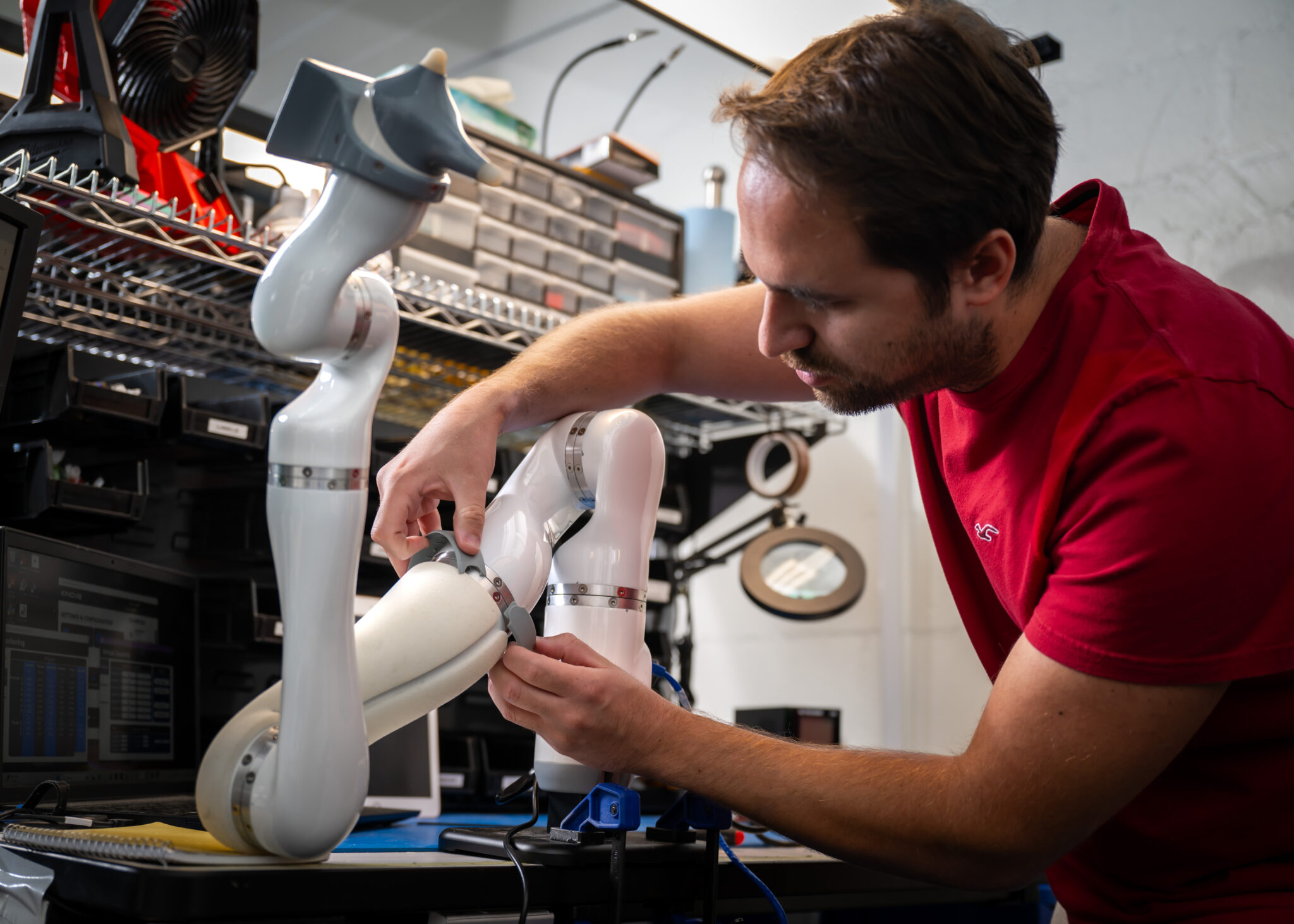
“We’re excited to be in a market where we’re just scratching the surface of the demand that is there for supporting clinical teams with everyday tasks,” Thomaz said. “Healthcare is an environment where you want people plus robots to be a team — it enables clinicians to focus on the patient-focused work that they want to be doing while robots take on logistical support.”
To learn more about Diligent Robotics, watch Thomaz’s talk on NVIDIA On-Demand.
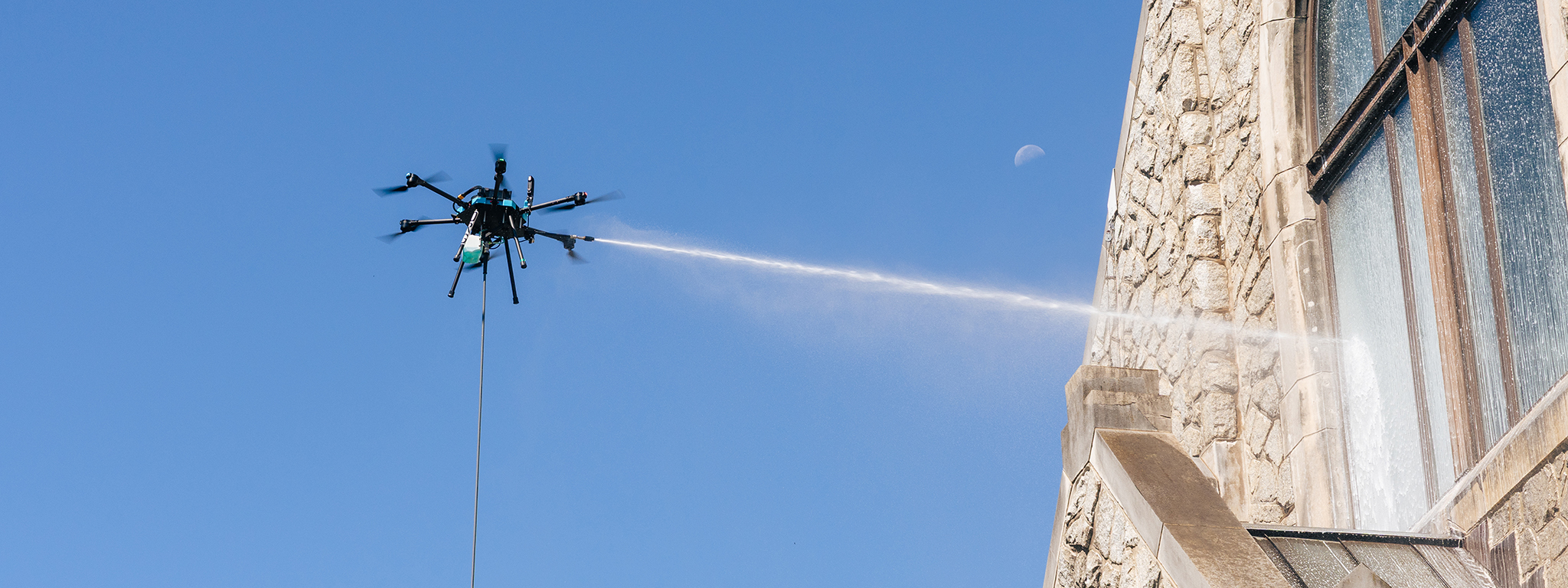
Lucid Bots Is Automating Safer Exterior Building Cleanup 🔗
Lucid Bots’ business is cleaning up — literally.
Lucid Bots deploys drones and four-wheeled robots at building sites to clean building exteriors, including windows, and concrete and other areas of landscapes. When the air and ground robots are in action, it has become something of a spectator sport for bystanders, says Andrew Ashur, CEO and founder of Lucid Bots, based in Charlotte, North Carolina.
“It turns a pretty everyday, ordinary thing into almost a sports spectacle where people stop and watch,” said Ashur. “We have a lot of customers joke about the need to hire an extra person for the robots just to do crowd control.”
It’s great word-of-mouth marketing, too. Lucid Bots customers include Sunbelt Rental, which has more than 1,200 U.S. locations, and Window Hero, which has 35 U.S. locations.
Lucid Bots uses NVIDIA Jetson to process camera inputs onboard its Sherpa drones and four-wheeled Lavo bots. It relies on Isaac Sim to simulate how to approach windows with drones for cleaning and how to scrub concrete and other surfaces with its ground robots.
These are industrial cleaning machines. The Sherpa, for example, can blast buildings at up to 4,500 psi, which can peel paint. Its Lavo can strip grime away to make concrete look new.
“We engineer, manufacture and support all of the technology right here from Charlotte,” said Ashur. “We built these machines for the needs of industrial cleaning.”
Lucid Bots is a member of NVIDIA Inception, which offers programs and benefits to help accelerate companies.
Laser-Focused: Carbon Robotics Uses NVIDIA GPUs to Burn Weeds and Break New Ground (Literally) 🔗
In farming, where work is still measured by acres and hours in the sun, a new kind of tool is cutting through one of agriculture’s oldest problems: weeds.
Carbon Robotics’ story began not in a lab, but over lunch in Idaho. Founder Paul Mikesell asked a farmer about his biggest challenges. The answer was simple — and ancient: weed control.
That conversation led to an audacious solution. The company’s LaserWeeder G2 spans 20 feet and carries 12 modules, each powered by two NVIDIA GPUs — 24 in total. This compute muscle lets it identify and incinerate up to 10,000 weeds per minute, without chemicals.
In an age of herbicide-resistant plants, it’s a game-changer. “There’s no such thing as a laser-resistant weed,” says Alex Sergeev, chief technology officer of Carbon Robotics.
Every LaserWeeder doubles as a data-gathering machine. Images from the field feed into a custom labeling tool, building what the team believes is the world’s largest labeled agricultural image dataset: over 65 million images, fueling the company’s “large plant model,” a play on the large language models that power chatbots like ChatGPT.
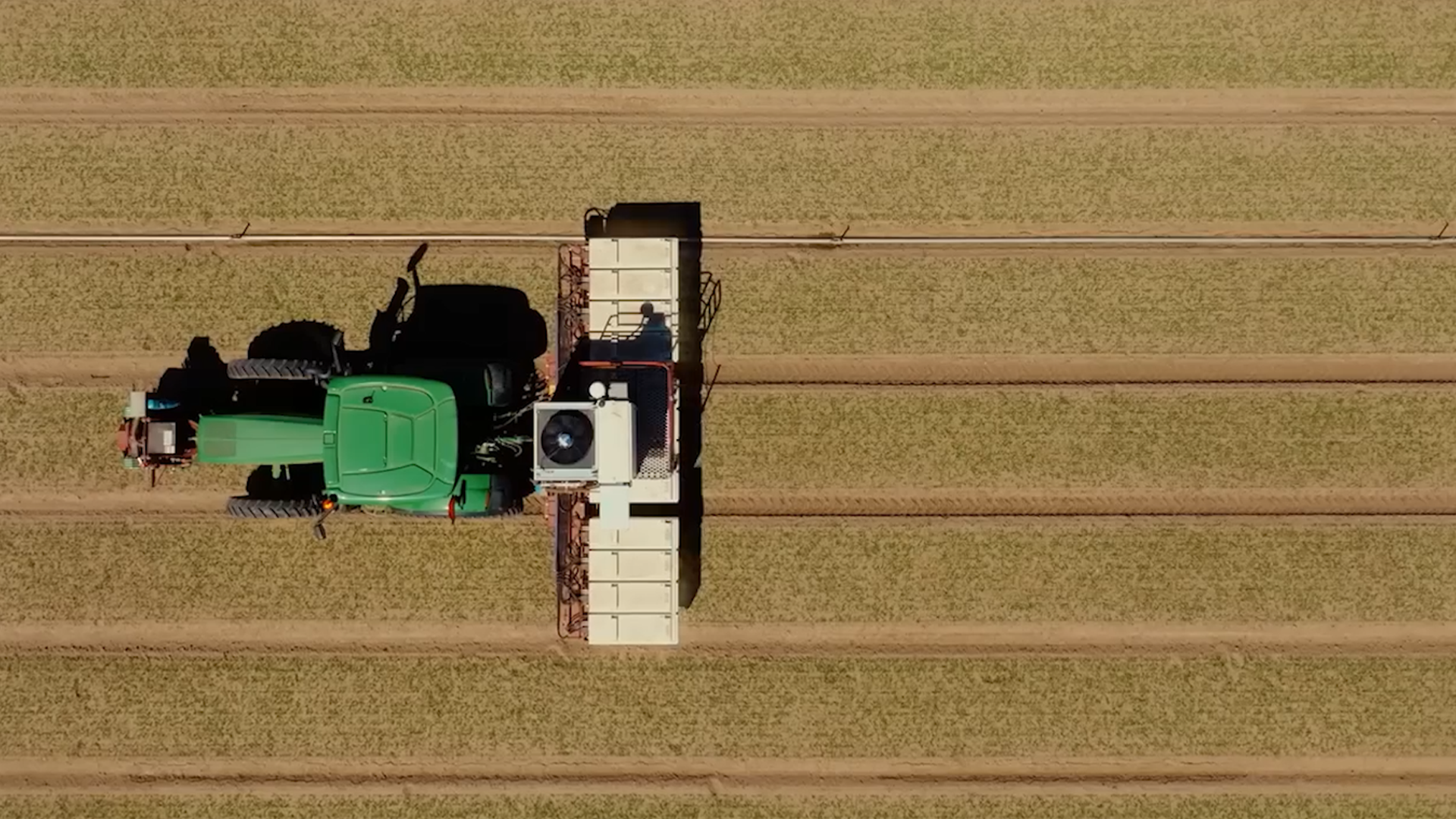
When GPUs finish their tour on the farm, they head to Carbon’s “retirement facility” — a Seattle-based data center — where they’re used to train the next generation of models. Optimized with NVIDIA TensorRT, the resulting foundational model works across all crops, creating a durable competitive edge.
From there, Carbon turned to another urgent challenge: a global shortage of tractor drivers. Over 25% of edible U.S. crops go unharvested due to labor gaps. The answer: the Carbon AutoTractor, an autonomous retrofit for existing machines. Built with farmers’ input, it runs around the clock, monitored by a remote operations center that can take control if, say, a deer wanders into the field.
Since its founding in 2018, Carbon Robotics has shipped more than 150 LaserWeeders to farmers in 14 countries, eliminating over 30 billion weeds. With investment from NVentures, NVIDIA’s venture arm, this Pacific Northwest company is proving that physical AI can tackle some of humanity’s oldest problems — from the ground up.
Serve Robotics Is Ushering Food Delivery Into the Mainstream 🔗
Serve Robotics is scaling up its fleet of food delivery robots to 2,000 by year’s end, entering Chicago and expanding across Los Angeles, Miami, Dallas-Fort Worth and Atlanta. Delivery partners include Uber Eats, Shake Shack, Little Caesars and 7-Eleven.
Serve, which went public last year, runs its delivery robots with three NVIDIA GPUs—including one Orin AGX. It needs a lot of real-time processing to handle data from multiple cameras and lidar for navigation and obstacle detection, says co-founder and CEO Ali Kashani.
“We plan to quadruple the number of robots we have and launch at least two cities by the end of the year. So we have been expanding quite significantly and very quickly,” said Kashani. “Right now, about 1.8 million people can use our service across the country.”
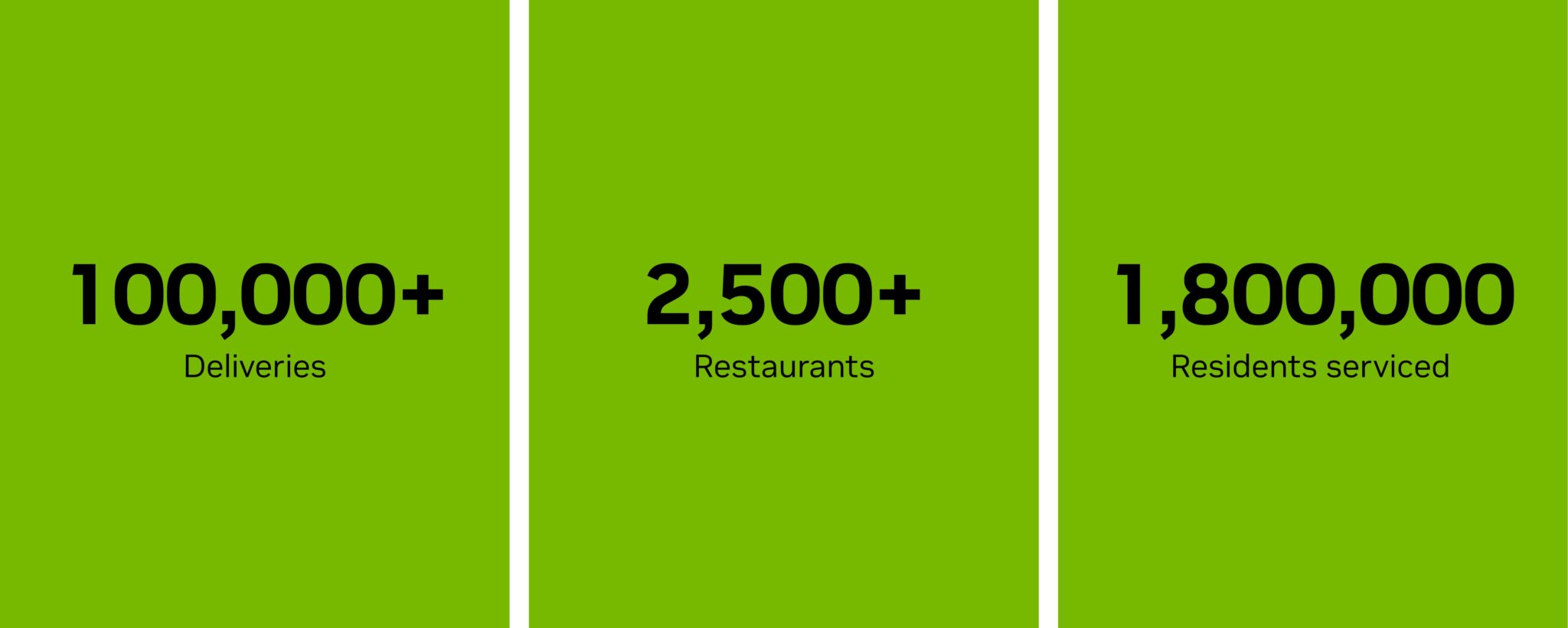
Rolling through crowded streets among people for years, Serve’s delivery robots rely on robust simulation models developed with the NVIDIA Isaac SDK.
Serve recently acquired Vayu Robotics, a startup specialized in an end-to-end foundation model-based approach to navigation and autonomy. Integrating Vayu’s innovations in simulation-based AI training with Serve’s leading autonomy platform and growing real-world dataset is expected to accelerate the company’s autonomy roadmap and enable even safer, more intelligent navigation.
“When you’re out in the real world and you see those edge cases, It’s really valuable to be able to model those and then try them again in simulation and test other scenarios — a lot of testing and validation happens in Isaac Sim,” said Kashani.
As one of the most visible robot makers, Serve is also seeing its robots become pop culture stars. Their IMDB credits include the latest Beverly Hills Cop movie and an upcoming movie starring Seth Rogen and Keanu Reeves.
If you’re ready for home movie night with pizza delivery, Serve Robotics will deliver a slice of entertainment of its own to your doorstep.
Peer Robotics Develops Autonomous Pallet Jacks for Manufacturers 🔗
Peer Robotics is rolling into developments with a leading retailer and a large automaker.
Peer Robotics, an NVIDIA Inception startup, deploys NVIDIA Jetson for its lines of manufacturing and logistics robots. Peer recently released its Peer 3000, an autonomous pallet jack assistant that runs on Jetson AGX Orin.
“NVIDIA Jetson has allowed us to create robots that run models for processing camera inputs to safely navigate surroundings and assist workers in doing their work more efficiently, driving better outcomes for businesses,” said Rishabh Agarwal, cofounder and CEO of Peer Robotics. “As a result, our business at Peer Robotics is growing exponentially.”
The Peer 3000 can move payloads up to 3,000 lbs and act as a locomotive to automate complete operations of moving existing trolleys or pallets in warehouses or production lines.
The company processes large quantities of sensor data at the edge with Jetson AGX Orin as well as on the cloud and in local systems — and it relies on a three computer solution for building physical AI for robotics.
Peer Robotics harnesses Isaac Sim with data its robots collect to refine how they can scoop up palettes, pull carts and navigate better in changing warehouse scenarios.
“The Isaac SDK and Isaac Sim have helped us test and validate in simulation before deployment to get to market faster when it comes to handling new pallet types or trolleys and different environment settings,” said Agarwal.
The company’s Peer Robotics Dashboard enables facilities managers to make more informed decisions driven by data collected by its robots.
The company is anticipating the availability of NVIDIA Jetson Thor to run more robust models, handle privacy on the edge and tackle new areas of automation and tasks.
